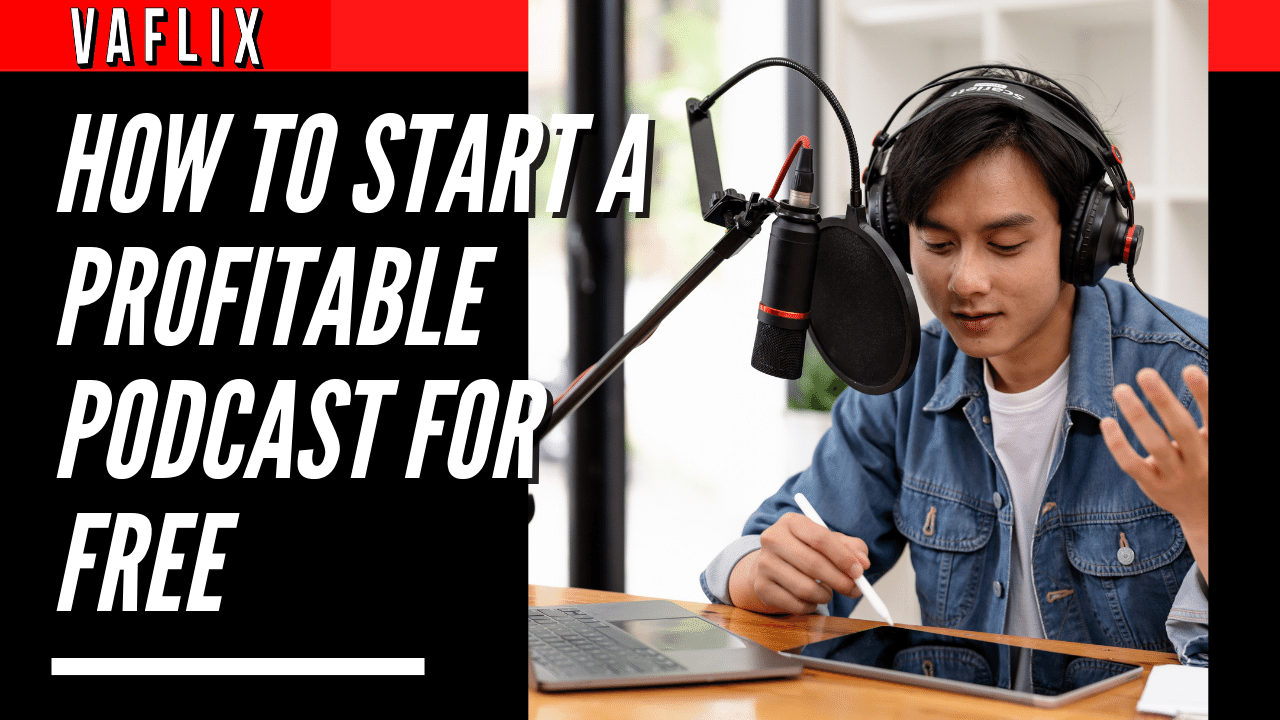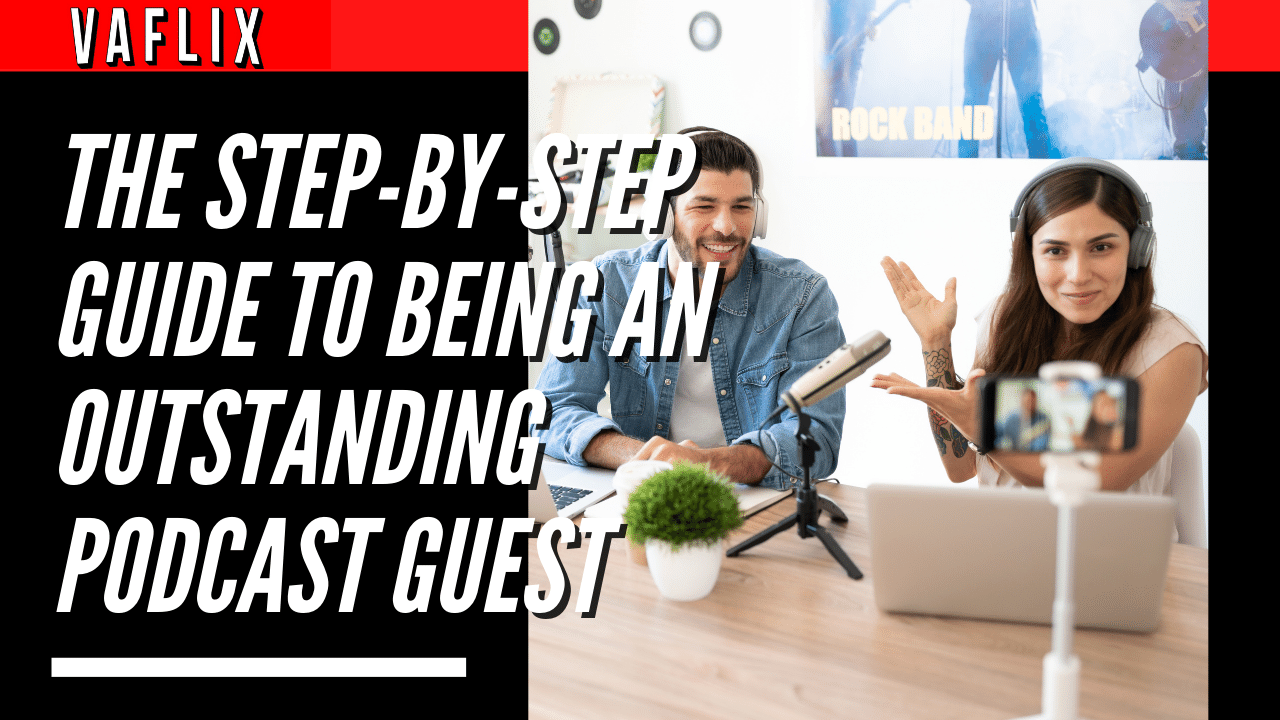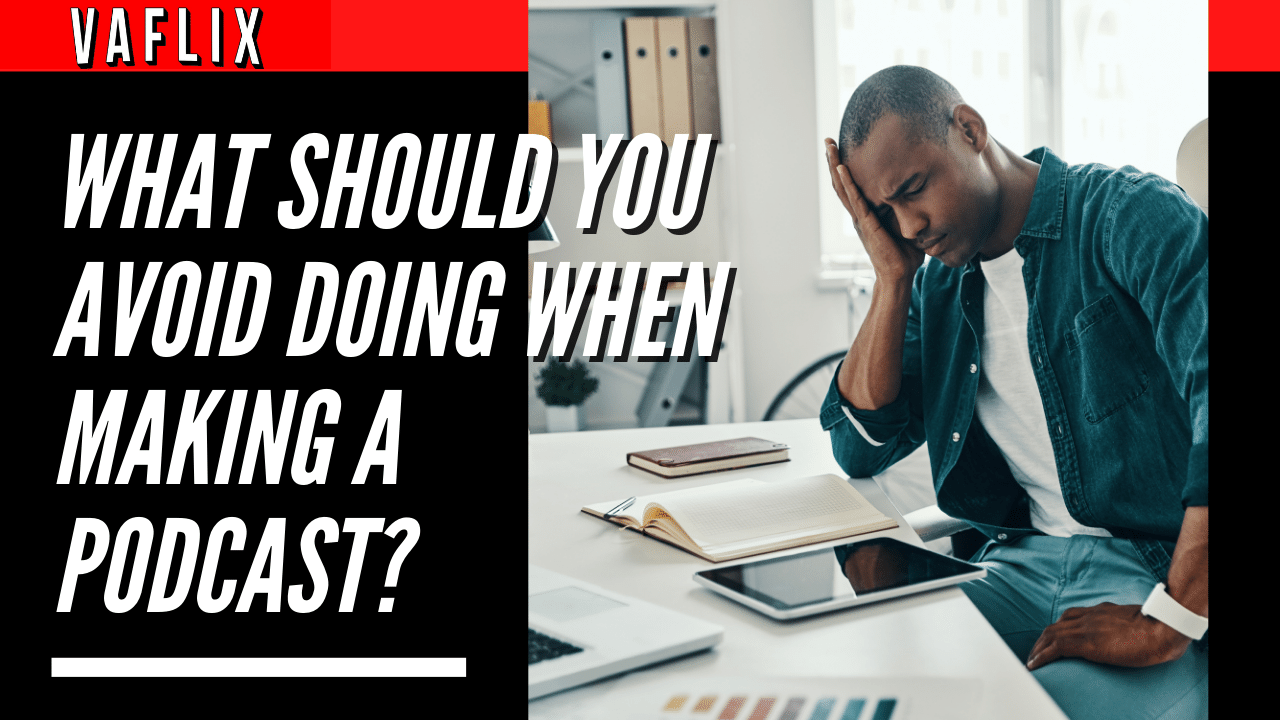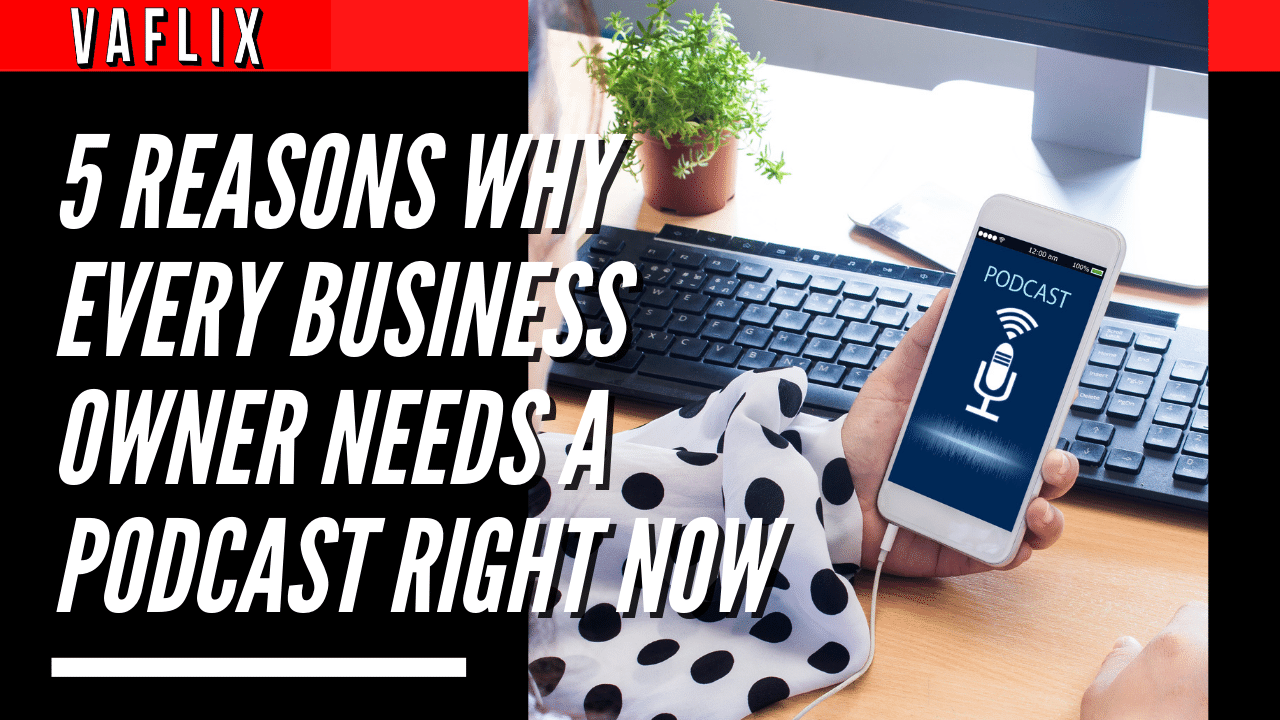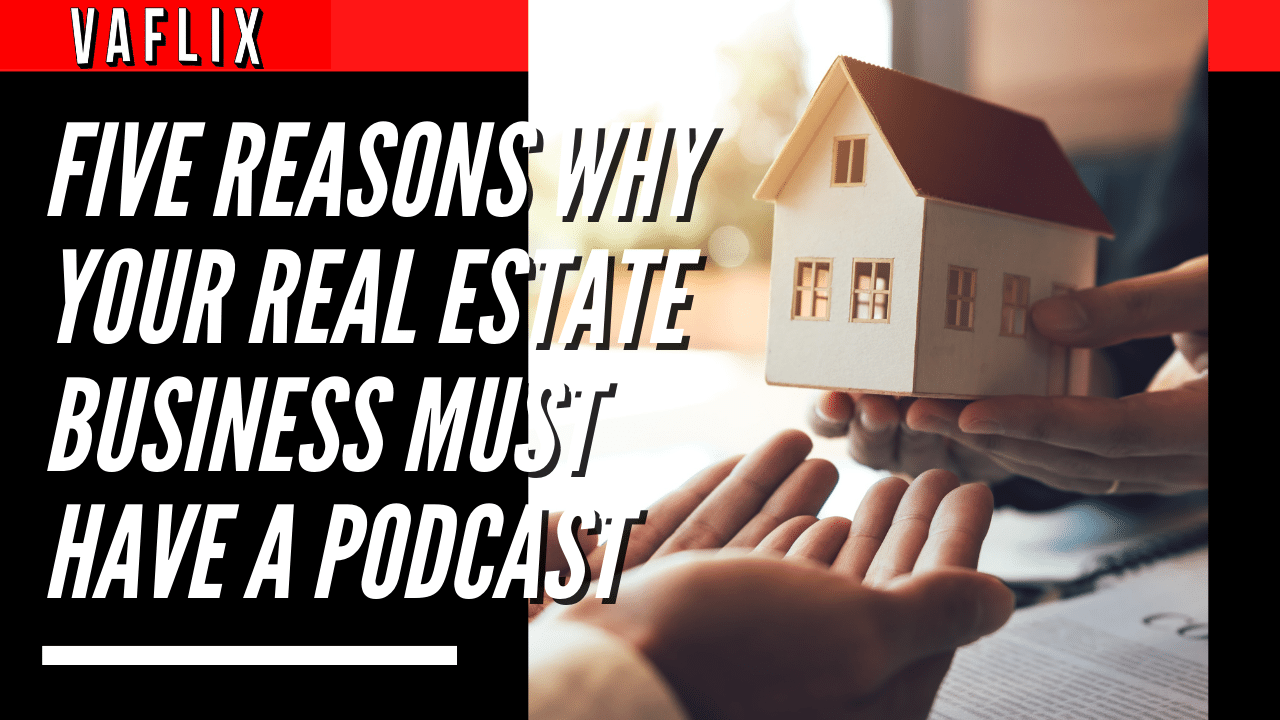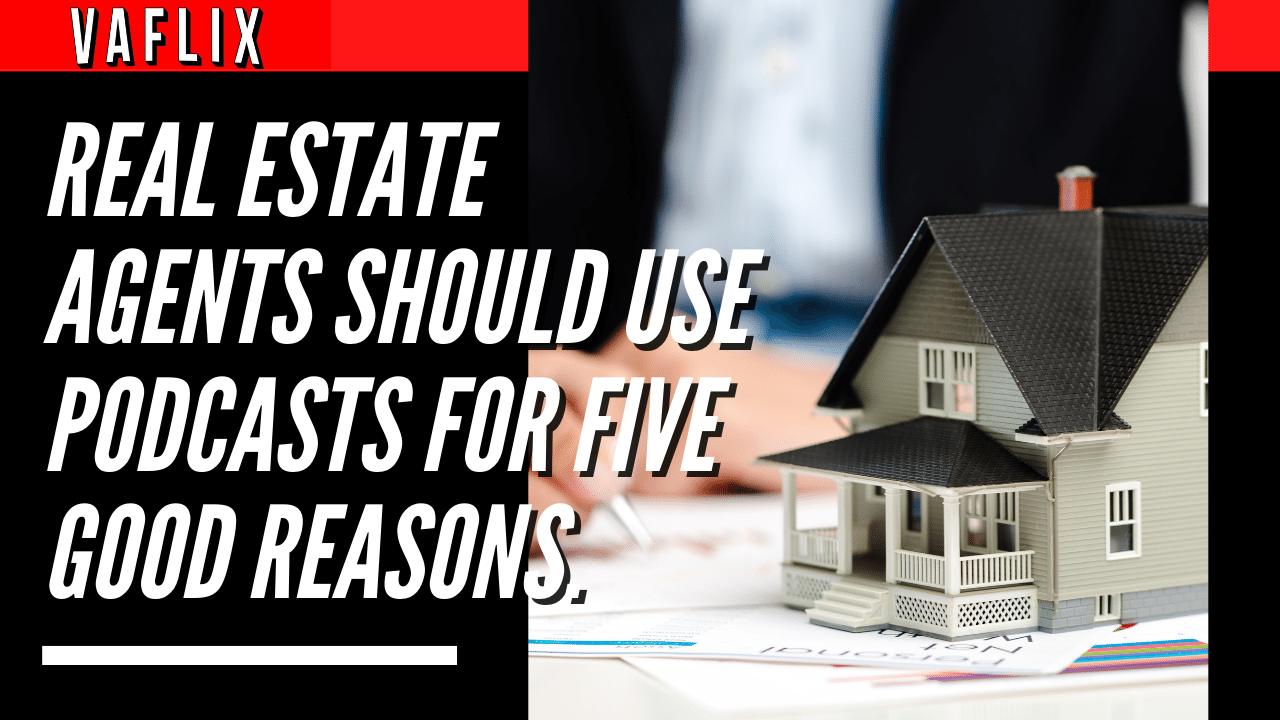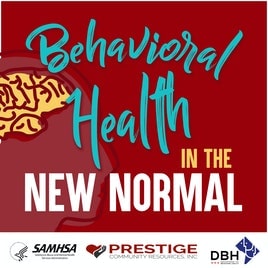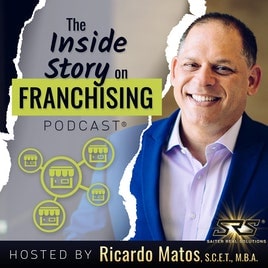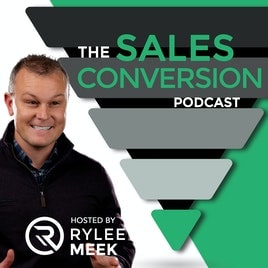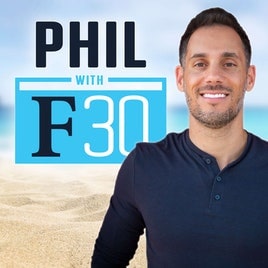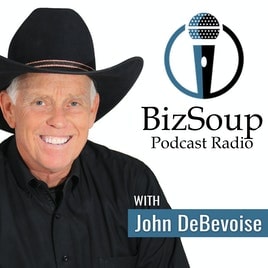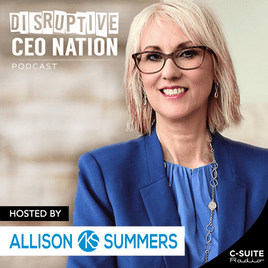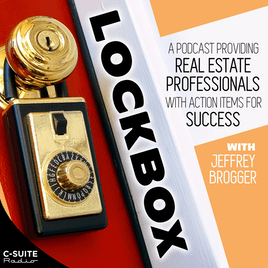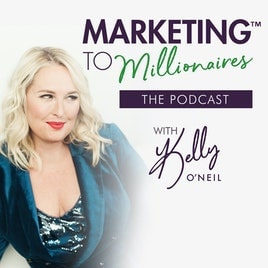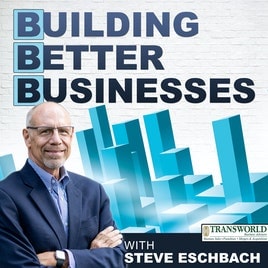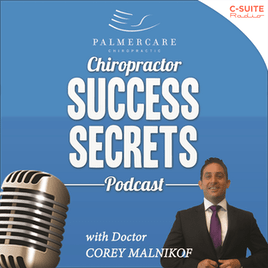How To Start A Profitable Podcast For Free
Thinking of Hiring a Podcast Production Agency?
Your podcast can now begin!
Podcasts are gaining popularity as a means of information sharing and conversation on any subject imaginable. It’s similar to having your own radio show where you choose the topics and provide the entertainment.
However, have you ever wondered how to launch a podcast without any cash?
On the surface, starting a podcast can appear to be an expensive and difficult process, but it doesn’t have to be. You’ve come to the right place if you want to start a podcast but believe it will be too expensive.
First, you might be thinking of the ideal title you should choose or the fascinating topics you should discuss because you can’t wait.
And even if you think of all of these, there will still be one issue: you don’t have enough money to purchase the necessary tools for hosting and recording your first episode.
You’ll learn exactly how to launch a podcast without spending any money in this article! Also, don’t worry—you don’t require any expensive tools.
I’ll describe how you can create a podcast without spending any money by creating episodes on your smartphone and hosting them on bCast instead of using pricey and time-consuming media outlets.
To get your message out there and grow your audience, all you need is some time, commitment, and a few basic tools that you probably already have at home.
Follow these easy steps to expensive and complicated money.
Select A Niche
Choosing a too-narrow niche is one of the biggest errors that new podcasters make.
Your potential audience is restricted when you focus on one subject exclusively, which makes it more difficult to expand your podcast and shortens its lifespan.
It’s simple to become fixated on a particular niche, but if your show doesn’t have enough listeners to continue, don’t stay in your ivory tower.
Instead, consider the kind of person who would enjoy listening to your podcast.
For instance, a foodie might adore listening to a cooking podcast, and an animal lover might adore listening to a show focused on pets.
If you are certain of the audience you want to engage with your show, try focusing on the sub- or micro-niche that will resonate with them the most.
- Is there a specific age range?
- Do they have any political preferences in particular?
- What do they enjoy doing?
It would be best if you could be more specific.
Once you know the answers, look for podcasts in your preferred niche to gauge their popularity.
Go back to step one and find another area of interest if many well-known names predominate in your space.
Choose a market where you can dominate and establish yourself as a major player.
Don’t take on more than you can handle, even if you do manage to find a tiny niche in the podcasting world that no one else has yet claimed.
It might be best to start small and learn from your mistakes before moving on to something bigger if you’re unsure whether you can handle hosting a podcast with hundreds of episodes.
You should also think about whether there are any potential obstacles to your success in the market you have chosen.
- What types of guests are permitted for the interview?
- Is it forbidden to use profanity or bring up sexual topics?
If so, some potential listeners and sponsors may find those to be deal-breakers.
Choose Your Equipment
You must choose a piece of equipment before you begin producing content.
Even if you still use a BlackBerry phone in 2022, the most popular option is an audio recorder that you can use with your smartphone, though some people still prefer a handheld voice recorder.
The majority of smartphones, including BlackBerry, Android, and iPhone models, have an audio recorder built in that can be used to record audio and transferred to your computer for editing.
You can also record using your laptop’s built-in microphone, but we can’t guarantee that the sound won’t be impacted by outside noise.
Don’t worry about choosing top-tier professional equipment when choosing your tools; these items are unnecessary and frequently out of reach for beginning podcasters.
Consider something straightforward, user-friendly, and reasonably priced if you decide to go digital.
Although they might not have all the features found in more expensive podcast equipment, these items will allow you to get started without going over your budget.
Additionally, if you’re just getting started, it’s unlikely that you’ll soon be publishing podcasts with multiple guests.
If you decide to upgrade after discovering how much fun podcasting is, you can always do so.
Therefore, choose a device that fits your budget before using it.
After receiving your equipment, the first thing you ought to do is download Audacity.
Before uploading your recording online, you can edit it to make sure everything sounds clear and crisp using this free software.
If there’s one thing I’ve learned in my years of podcasting, it’s that no one wants to hear what you sound like when you speak into a microphone. So don’t forget to plug in a pair of headphones so you can listen back to your recordings.
Pick a theme for your show.
For your podcast to become distinctive, picking a niche topic is essential.
Even though you don’t have to focus on a single topic throughout every episode, giving each program a central theme will make it easier for viewers to appreciate it.
Remember that you can always change the focus of your podcast in the future if you develop new interests or believe that a particular subject has received well from your listeners.
But before starting your first few shows, make sure you know where you want to start.
Based on the type of content, you can select from a variety of themes, including business, technology/gadgets, entertainment/celebrities, etc.
Alternately, you can decide on a unifying theme that unites various subjects into a single program.
For instance, even though my podcast covers two broad subjects—entrepreneurship and business-to-business marketing—I still manage to build a recognizable brand around them by concentrating on just one particular aspect of each (for instance, I speak with entrepreneurs about b2b marketing).
It’s crucial to think about the message you want to get across before choosing your show’s theme.
- Do you desire humor?
- Serious?
- Informative?
Make sure that your theme embodies these principles. It’s time to decide how you want to present the information once you’ve selected a theme.
- Will there be interviews on your podcast?
- Music?
You should make these decisions early on because they can influence everything else about your show.
For instance, you might want to prepare your questions in advance rather than winging it if you plan to interview guests.
You might need to learn how to use audio-editing software like GarageBand or Audacity if you want to play music during your performance.
Additionally, if you plan to include recurring segments, you might need to write the scripts or come up with fresh concepts for every episode.
Before making a decision, carefully consider how these factors may have an impact on how much work goes into producing your show.
Make your debut episode: It’s time to start recording some episodes now that you have a theme and a format chosen!
Select a Name for Your Podcast
Give your podcast a name based on the name of your company, product, service, or business.
The Math Tutor Podcast, for instance, could be the name of your tutoring company.
You can always change it if you need to later; don’t worry about making sure your name is available right away.
In order to have backup names in case one of your first three ideas is already taken, you should be able to think of at least three different names that all make sense for what you’re doing.
Once you’ve decided on a name, sign up for social media accounts and a hosting platform for your podcast. (If you’re unsure how to do any of these things, contact a member of our team on bCast, and we’ll assist you.)
Later, we’ll talk more about the hosting platform. Now let’s concentrate on maintaining the name of your podcast.
Once people can find your website easily online and follow you on social media, it will be simpler to market yourself as an expert.
Additionally, you want these resources accessible right away so that people can find you and follow you even before they decide whether they like what you have to say.
By registering your name and websites beforehand, you can give people more confidence to try new things. Hosting makes it possible for viewers to access content immediately, without having to wait for files to download over an Internet connection.
Create An Episode Template
Make a template for a podcast episode before you begin recording to help organize your thoughts.
Before you start recording, outline every detail of your podcast so you won’t have to pause and consider what to say next (and if you do, at least that pause will be recorded for post-production).
You can use the template to create an outline for your show notes.
It helps when you are just starting out and your podcast doesn’t yet have a set format or style.
Later, you can always make changes.
Record And Edit Your Audio
This part should be short. You likely have something interesting to say if you’re starting a podcast.
Get it out of your head and into people’s ears is the next step. Your job is done (sort of) if you already have a good microphone and you are aware of what to say and how to say it. Since you have noted every important detail, the hassle is reduced. If not, then try some of the free methods below to start recording and editing audio.
- Audacity;
- iMovie;
- YouTube Video Editor.
Post your audio on your hosting platform and submit it to podcast directories after you’ve recorded and edited it. Once everything is set up, keep reading for additional advice on how to build an audience from scratch.
Posting Your Show
Post your podcast as soon as you have a show outline and some discussion questions.
You must register for a content management system (CMS), such as bCast. You can edit your RSS feed using the bCast tools, which is essential if you want other websites (like Apple Podcast) to automatically download your podcast episodes.
Visit bCast.fm and create an account there. Then click Upload Your Audio File in the top right corner of your dashboard (you can also drag and drop your audio file(s) there).
As opposed to some podcast hosting platforms on the internet, bCast offers a freemium package which you can get as you sign up on the bCast platform.
You should choose this strategy if you want to test-run your first few episodes. As a beginning podcaster, it has everything you require, but as time goes on, you’ll want to upgrade to a more expensive plan.
Your Podcast Can Be Submitted to Podcast Directories
Don’t forget to submit your podcast to all of the well-known directories. You might want to submit to 50 different directories, depending on your niche. Although it can be a laborious process, it is totally worthwhile. Your podcast will receive more exposure and attract more listeners and subscribers if it is listed in more places. When submitting your podcast to directories, be sure to use high-quality artwork because they will use it in their listings. In order for people searching for podcasts in those categories to find yours, you should also make sure that each listing has a title, description, and keyword(s) associated with it.
Links to your Facebook and Twitter accounts and other social media accounts should also be included. Additionally, we have a few in-depth how-to guides for starting and uploading your podcasts to Google Podcasts, Apple Podcasts, Spotify, and YouTube. Check those out so you can avoid the stress of having to figure out what the directories require and how they operate.
Expand Your Email List
People can subscribe to your podcast and be informed when new episodes are available by creating an email list. It’s a simple and cost-free process to sign up, especially if you decide to use MailChimp, and it’s a great way to increase the number of listeners for upcoming shows. Additionally, you don’t require any specialized tools or software to do it. Start by requesting email addresses from your podcast listeners at key junctures in your show. If you have multiple hosts, you might want to alternate who requests emails each episode.
Remember to re-ask whenever you publish a new episode!
Building an email list is made simpler by many tools, such as MailChimp. You can look online for others, but I’ve used MailChimp and am aware that a free account allows you to send emails. We automatically create a free account for you when you use our podcast hosting service, allowing you to begin accumulating subscribers right away. Check out our Beginner’s Guide to Starting Your Podcast for a more in-depth look at how to launch a podcast and expand your listenership. This article will walk you through the process of launching and expanding your podcast’s listenership on a variety of platforms.
Get Your Podcast Social
You should create a social media account, as we have mentioned a few times. Okay great!
Additionally, we mentioned that creating social media accounts is a simple way to guarantee that people can find your podcast. Start by using free websites like Twitter, Facebook, and YouTube to promote your new show. Provide a giveaway, special episodes, or even access to behind-the-scenes content as a perk for listeners to subscribe.
Patreon might be a great option if you’re looking for additional ways to monetize your podcast. It enables podcasters to receive regular payments from their listeners in exchange for various benefits (like early access to episodes). However, if you’re just getting started, stick with free strategies until you’ve established a following on your social media pages.
The message is to spread it out as much as you can across all media so that potential listeners can find it easily. Don’t put all of your eggs in one basket. After they have listened to one episode, it will help you develop a following of listeners who will keep coming back for more.
Profiting from Your Podcast
Once your podcast has gained some popularity, you should think about how to make money off of it. You can monetize your podcast in a few different ways, but the majority of successful podcasters have discovered that growing their mailing list is one of the most effective ways to attract new clients and expand their business. If you want to contact people who visit your website or download your podcast again, you should think about setting up an opt-in email form. Many podcasters decide to sell their own ad space on their podcasts in addition to offering goods and services through their websites with email lists.
They have more control over what (and when) they advertise thanks to this than they would have with an ad network like Google AdSense. Before you begin selling any of your slots if you choose to go that route, it is wise to educate yourself on the potential earnings from podcast advertisements. How much money you’ll make from podcast sponsorships depends on a variety of factors, just like with all forms of advertising: Your show’s audience size, their level of engagement, and their propensity to click on any advertisements you run during it.
Extra Points to Consider:
- Make sure it’s simple to find your podcast. Utilizing bCast as your hosting partner will help ensure that listeners can find your show easily since it will be listed in numerous directories.
- To make it simpler for viewers to find what they’re looking for, ensure that the titles of your episodes are clear and as descriptive as you can.
- Ensure that any online clips have the music removed if there is any music interspersed with the segments.
- On every page of your website (if you already have one), add links to your Facebook and Twitter accounts and website. You never know who might hear about you first or want to tell their friends about your episode.
Conclusion
The cost of podcasting does not have to be high. It’s a myth that you need an engineering degree and tens of thousands of dollars in equipment to get started. Setting up your first podcast only requires 30 minutes of your time and costs very little to nothing. Without spending any money on equipment or editing software, I created my first podcast. Before launching your show, you don’t need a website, a specific hosting account, advertisements, or anything else. We hope this article will be useful to you and give you motivation to start your podcast.
PODCAST PORTFOLIO BELOW (Best View on Desktop) Click on “Full Screen” and tap left and right arrows to check the other slides.
VA FLIX PODCAST PORTFOLIO – PODCAST PRODUCTION AGENCY – PODCAST VIRTUAL ASSISTANTS by John Marzan
Podcasting Made Simple with VA FLIX
Wouldn’t it be amazing if you could simply press the record button, wait a few days (sometimes as little as 24 hours), and then publish and deliver a perfectly edited and ready-to-go podcast episode to your audience? No worries! You definitely can!
VA FLIX partners with professionals, busy entrepreneurs, business owners, and top brands to have professionally done podcasts in the most convenient way.
VA FLIX Podcast Productions’ dedicated team will not only take the hard work of post-production off your busy hands but will also relieve you of stress and help you grow your show and connect with your audiences. Our podcast editing service is operated by our own team of millennial audio engineers, talented show note writers, and producers who handle every aspect of your podcast after you record an episode.
You literally only have to record your episode and we’ll take care of the rest. That’s the simplest way to explain the service. We do the real hard work while you chill.
Your team at VA FLIX is a group of skilled professionals that offers:
PODCAST SERVICES FROM VA FLIX
- Launch strategy and podcast consulting.
We’ll first talk about what your podcasting challenges are, what you have tried so far, VA FLIX will discuss the things that you want to happen and how we can help you in leveraging your podcast to achieve your goals.
- Quality Assurance Check Before we Publish.
Your dedicated team will ensure your audio, show notes, artwork and scheduling are ready to publish.
- Audio editing and production.
Basic form editing or advanced multiple-track compilations, we’ve got you covered.
- Written show notes including quotes, links, and keywords for SEO.
Basic or advanced show notes writing services. Whether you need a new blog post or an essay. We write a brief summary and organize notes.
- Video Editing.
Whether you need basic video editing or advanced editing with an effects-driven show, we can help.
- Marketing Services.
We create or revamp your new or current podcast cover art for your podcast channel, we even personalize cover arts per episode, we’ll also include episodic artwork, media direction, marketing assets, or a new website. We’re happy to include Motion graphics for social media promotion
- Audio Leveling & Proper ID3 Keyword Tagging.
Polished and mastered audio files that fit the podcast standards.
- Transcribe your episode (for the all-in-one package).
Our services are intended to be as easy to use as PLUG-N-PLAY. You literally only need to record, and VA FLIX will do the rest. Podcast hosts are relieved that they now have more freedom to focus on the content and connect with their audiences, while we work on the other difficult aspects of podcasting.

